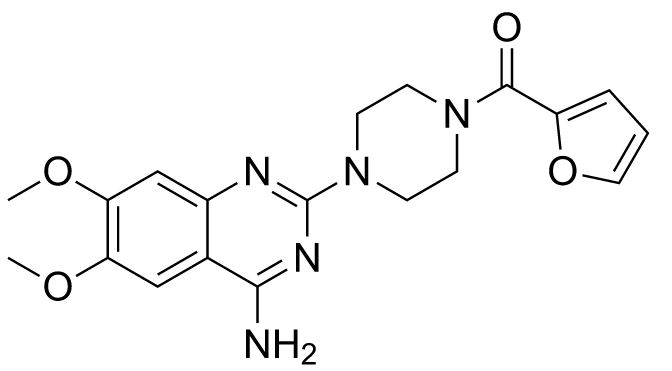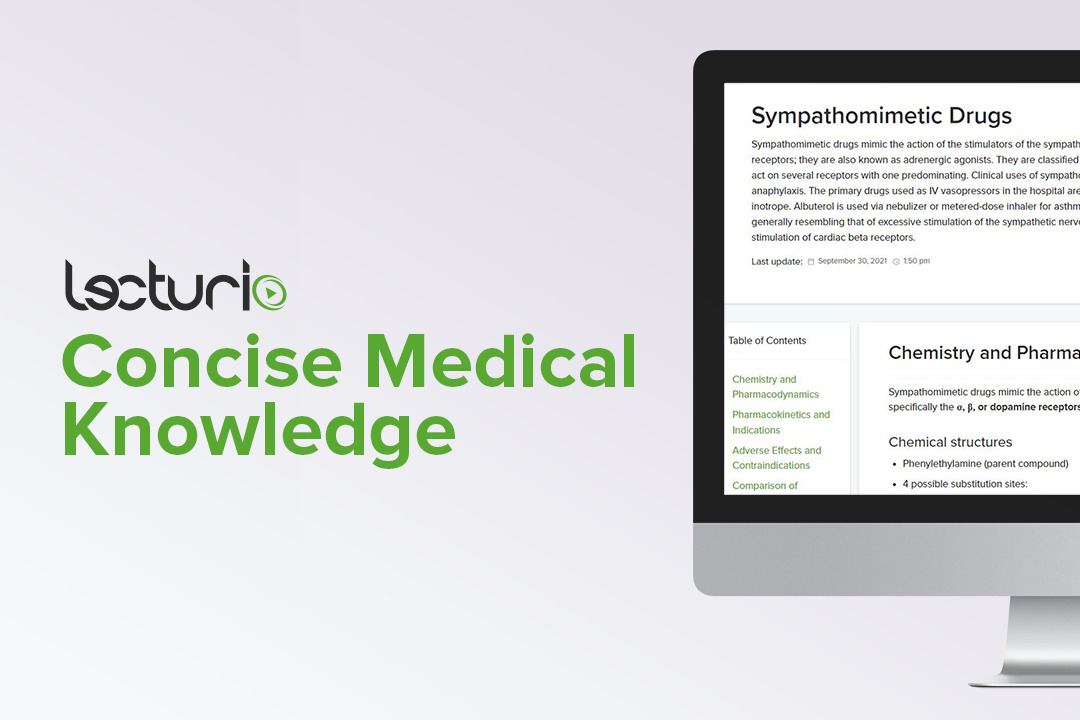Playlist
Show Playlist
Hide Playlist
Autonomic Nervous System (ANS): Overview
-
Slides ANS Overview ANS Pharmacology.pdf
-
Download Lecture Overview
00:01 Hi, welcome to pharmacology by Lecturio. We are going to cover the autonomic nervous system. I'm Dr. PJ Shukle, I'm an internal medicine specialist and we are going to cover how drugs work in the body. Specifically today, we are going to look at the autonomic nervous system. In terms of an overview let's take a look at how the parasympathetic system works. The parasympathetic system starts as nerves coming out of the spine and they meet at a nicotinic cholinergic receptor to give you a post-synaptic neuron that hooks up to the cardiac, smooth muscle or gland of it's choice. 00:43 The parasympathetic nervous system has preganglionic fibres and these originate in cranial nerve nuclei III, VII, IX and X. 00:55 There are also some sacral segments at S2 to S4 of the spinal cord as well. These ganglionic synapses respond to nicotine. 01:03 So they are called nicotinic cholinergic receptors. And effector synapses responds to muscarine. So they are the muscarinic cholinergic receptors. Let's take a look at the sympathetic system. This is the opposite system to the parasympathetic system. They also work through the spine and they come off many of thoracic and lumbar vertebrae and they meet at a ganglia. The ganglia are nicotinic cholinergic as well. And from there they proceed on to the different targets. 01:36 The muscarinic cholinergic receptors in the sweat glands, the epinephrine and norepinephrine target organs in the cardiac muscle, smooth muscles some glands and nerve terminals, and the dopamine receptors in renal vascular smooth muscle. 01:54 This stuff is hard to remember, so let's use a little mnemonic. The gang goes out to smoke. So that's how I remember that ganglionic neurons are nicotinic cholinergic. And people smell a little musky when they sweat. So the sweat glands are muscarinic cholinergic receptors. Of course, norepinephrine works on the heart so that's easy to remember. And dopamine works on the renal vascular system. And we're going to talk about that certain drugs that are used to bring up blood pressure. 02:25 Sympathetic nervous systems work through sweat glands, cardiac and vascular tissue, other glands, nerves and renal tissue. 02:35 These preganglionic fibers originate in the thoracic vertebrae or in the lumbar vertebrae segments of the cord. The ganglionic synapses are always nicotinic. Effector synapses are always muscarinic, noradrenergic, adrenergic or dopaminergic. 02:53 Let's move on to the adrenal medulla. The adrenal medulla is sort of part of the sympathetic system but we're going to separate it out because it's important to know that there is a nerve that directly connects the spine to adrenal medulla. 03:06 And the adrenal medulla releases then epinephrine and norepinephrine. The sympathetic adrenal system has preganglionic that originate from the thoracic segments. These are nicotinic receptors. And those nicotinic receptors on the adrenal medulla itself end up releasing adrenaline and noradrenaline into the blood stream. Finally we have the voluntary system. In the diagram here it looks like it's coming out of the sacral nerve segments but you all know that it is every level of the spinal cord right from the cervical vertebrae right down to the sacral vertebrae. 03:44 The preganglionic fibers originate from all levels of the spine and the brain. The nicotinic receptors are the receptors on the surface of the muscle. And the effectors are the skeletal muscles themselves. Okay, so now let's get into a little bit more detail because this is going to be relevant when we start looking at drugs. The dopaminergic receptors are D1 receptors in the smooth muscle of the kidney vasculature. The adrenergic receptors are either alpha or beta and they can be alpha 1 or alpha 2, or beta 1,2 or 3. The parasympathetic nervous system is either nicotinic or muscarinic as I mentioned to you before. And the muscarinic can be M1, M2 or M3. Now, we spoke about adrenergic receptors and dopaminergic receptors and cholinergic receptors. There is actually another category of receptors that are in the autonomic nervous system. They go by the acronym NANC transmission. They are the non-adrenergic, non-cholinergic transmission. 04:54 And so they will use different types of organic molecules. One of them are the purine receptors. So purine receptors 1 through 7 are spread out throughout the body and we're going to talk about them individually in each of the lecture segments that we are going to go through. The peptide based NANC transmission agents are things like adenosine triphosphate, vasoactive intestinal peptide, neuropeptide Y and substance P which is a sensory or local effect fiber.
About the Lecture
The lecture Autonomic Nervous System (ANS): Overview by Pravin Shukle, MD is from the course ANS - Pharmacology.
Included Quiz Questions
What is NOT the origin of preganglionic parasympathetic fibers?
- Thoracic segment of the spinal cord
- Cranial nerve III
- Cranial nerve X
- Sacral segments of the spinal cord
- Cranial nerve IX
What is NOT regulated by the parasympathetic pathway?
- Renal vascular smooth muscles
- Sinoatrial node
- Atrioventricular node
- Ciliary body
- Nerve terminals
What organ is a major site for non-central nervous system dopamine receptors?
- Kidney
- Liver
- Eye
- Lung
- Intestine
What organ is a major site of M2 muscarinic cholinergic receptors?
- Heart
- Eye
- Kidney
- Lung
- Intestine
Customer reviews
5,0 of 5 stars
| 5 Stars |
|
5 |
| 4 Stars |
|
0 |
| 3 Stars |
|
0 |
| 2 Stars |
|
0 |
| 1 Star |
|
0 |







